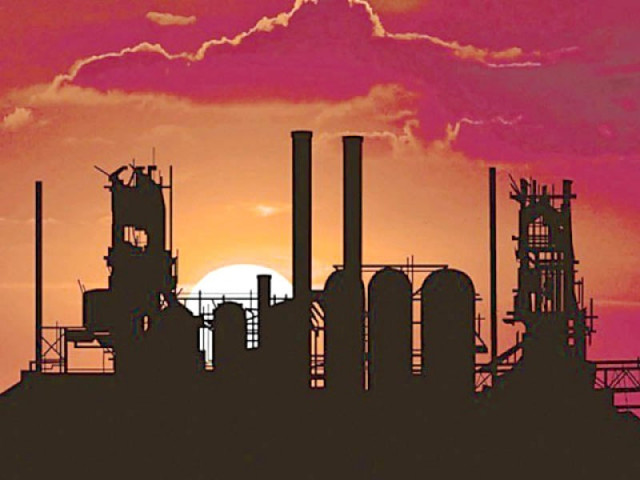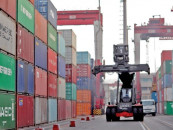Acting on caution: Ministry seeks return of gas allocated to Guddu plant
Gas had earlier been diverted to fertiliser manufacturers to cut imports.

The gas produced by Mari field and earmarked for the Guddu power plant, had been provided to the fertiliser industry in a bid to ease the pressure on urea imports. PHOTO: FILE
Fearing a worsening of power shortage in coming months with a sharp rise in demand, the Ministry of Water and Power has asked the government to return the gas, earlier diverted to fertiliser producers, to the Guddu power plant.
“The gas, which has been provided to fertiliser manufacturing units, should immediately be returned for running the existing as well as newly installed 747-megawatt power plant,” the ministry said in a meeting of the Economic Coordination Committee (ECC) on May 16.
Prime Minister Nawaz Sharif had inaugurated the newly-installed Guddu power plant in the third week of April.
In an interim arrangement, the government had diverted 60 million cubic feet of gas per day (mmcfd) to fertiliser plants. This gas, produced by Mari field and earmarked for the Guddu power plant, had been provided to the fertiliser industry in a bid to ease pressure on urea imports.
At present, power producers are again facing the strain of circular debt and their receivables from different consumers have swelled to over Rs500 billion.
After coming to power in June last year, the government had cleared Rs480 billion worth of circular debt in the energy chain, but it emerged again in the wake of excessive reliance on expensive furnace oil for power generation, inefficiency of power companies and electricity theft and leakages.
Reacting to the water and power ministry’s demand, the fertiliser industry insists that the 60 mmcfd of gas was actually its share, which was allocated to the Guddu power plant by reducing 12% of supplies to the fertiliser plants connecting to the Mari field including Fatima Fertilizer, Engro Fertilizer and Fauji Foundation.
However, the ministry argued that the share of power producers in gas had shrunk and a big volume of gas had been diverted to compressed natural gas (CNG), industrial, domestic and fertiliser sectors.
The country was forced to produce expensive power through furnace oil and consumers had to pay fuel adjustment charges every month, it said.
According to a report prepared by the Ministry of Petroleum and Natural Resources, new gas connections and demand from CNG outlets and fertiliser units have squeezed supplies to power plants as they received only 47% of the earmarked quantity in the outgoing fiscal year, leading to increase in power tariff and widespread outages.
Power plants were allocated 1.525 billion cubic feet of gas per day (bcfd) in the current fiscal year, but got only 718 mmcfd, constituting 47.1% of the allocation because of pressure on supplies, particularly in winter.
Of the two gas utilities, Sui Northern Gas Pipelines provided 30.8% of the total allocation to power plants while Sui Southern Gas Company provided 24.4%. However, power plants received 84.1% of the allocated volume from different gas fields – the reason being direct supply from these fields without routing through distribution companies.
Published in The Express Tribune, May 21st, 2014.
Like Business on Facebook, follow @TribuneBiz on Twitter to stay informed and join in the conversation.


















COMMENTS
Comments are moderated and generally will be posted if they are on-topic and not abusive.
For more information, please see our Comments FAQ